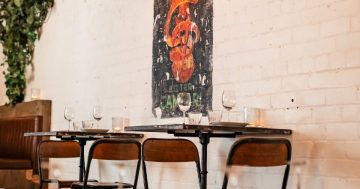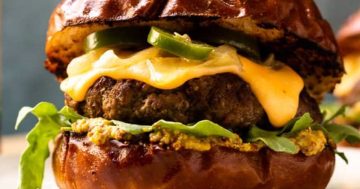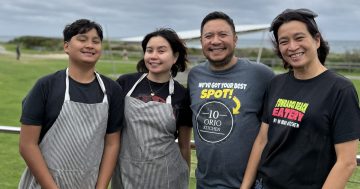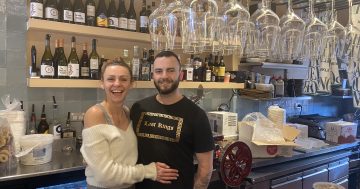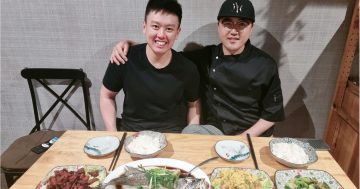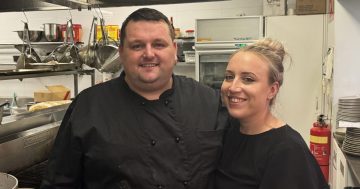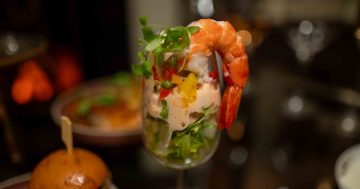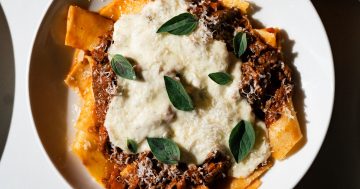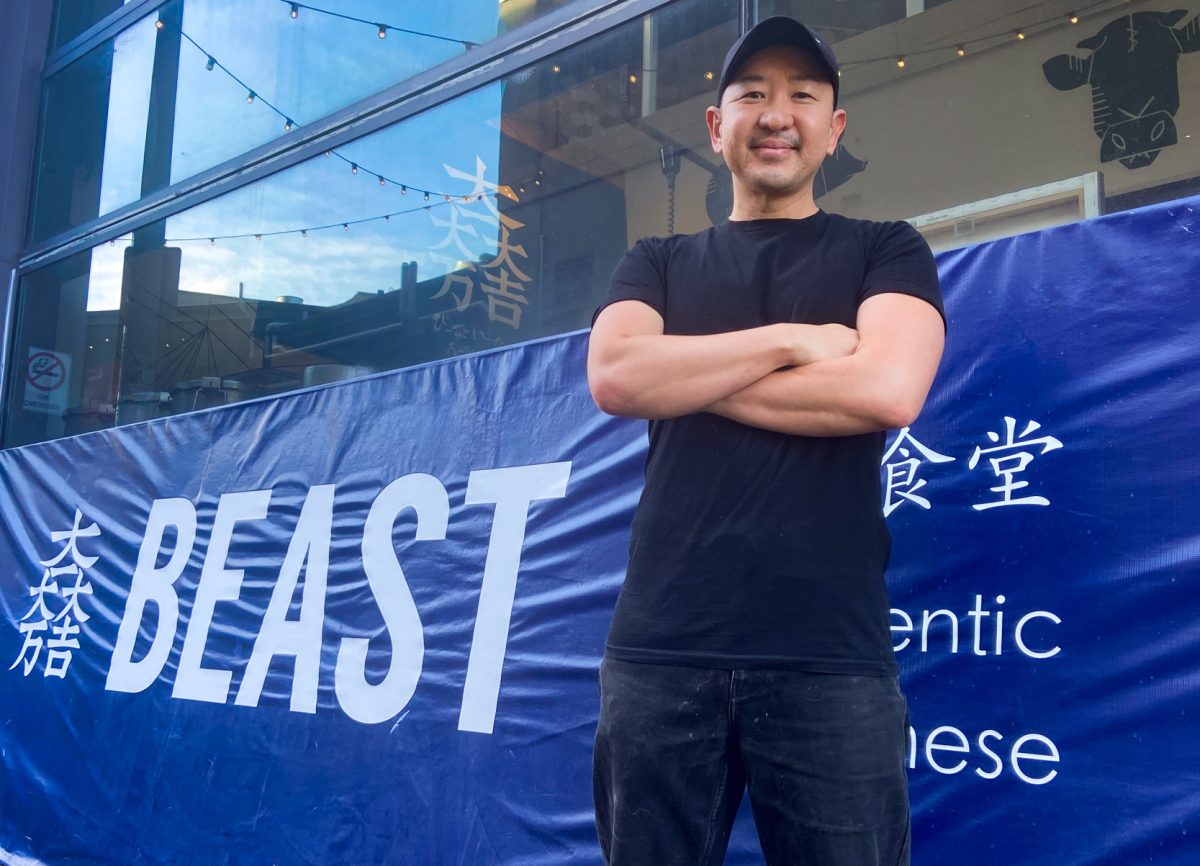
Yuya Motoori keeps it simple — and seriously good — at Beast in Wollongong. Photo: Region.
In a quiet corner of Wollongong, there’s a small shop with a precise menu. At Beast Good Food Eatery, there are no substitutions, no long lists of dishes and no attempts to please everyone. There is just ramen. Two types, to be exact.
Situated in the good company of Kneading Ruby and Humber on Crown Lane, Beast went from cafe to eatery at the tail end of the pandemic. It’s the kind of place you might miss if you’re in a hurry, but those who know, know: the broth here is slow-cooked, the noodles are custom-made and the chef behind it all, Yuya Motoori, wouldn’t dream of rushing it.
Motoori didn’t grow up dreaming of being a chef. Raised in Kameari, a suburb in Tokyo’s east, he became a chef after arriving in Australia about 18 years ago as a means to an end.
“I was looking for a way to get permanent residency, and at the time the skilled migrant list was all about chefs, doctors and accountants,” he says. “Accountancy didn’t interest me at all.”
Motoori started his career as a kitchen hand and chef at a cafe in Alexandria before moving on to Opera Bar and then Japanese fine dining restaurant Ocean Room in Circular Quay.
That’s where he first learned how to make stock – a skill he honed at the Intercontinental in Double Bay.
“I was a junior sous chef and the head chef was French. Everyone was French. That’s where I learned about jus and beef stock,” he says. “A lot of the same principles apply in ramen stock – you just swap the beef bones for pork.”
The soul of any good ramen is its broth, which should be rich, flavourful and balanced with salt, fat and umami. In basic terms, it comprises a flavour base like shoyu (soy sauce), miso or tonkotsu (pork bone) and stock made from pork bones, chicken carcasses, fish or vegetables — slow-cooked for hours to extract deep flavour.
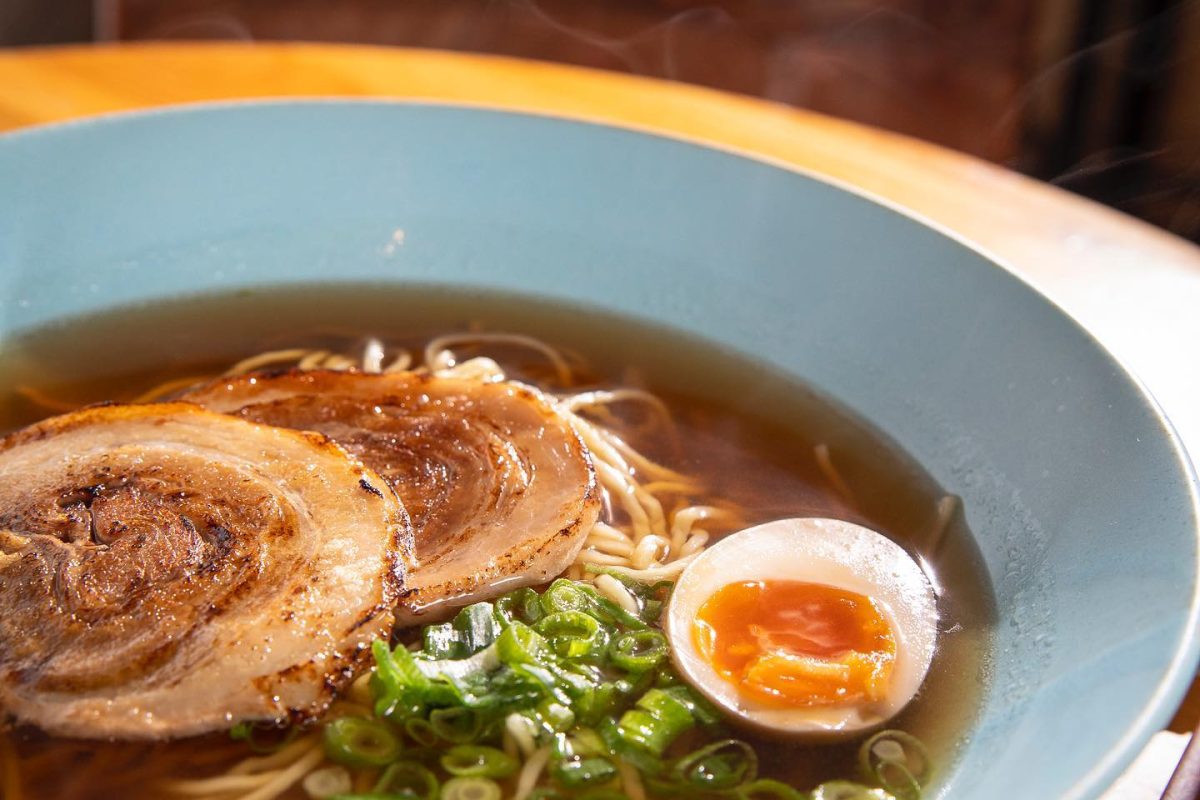
The ramen broth at Beast takes two days to make — time allows the amino acids to develop, achieving more depth of flavour. Photo: Beast Good Food Eatery.
Each recipe will finish with different aromas such as garlic, sesame or chilli and toppings. Without revealing his own secrets, Motoori says it’s a question of balance of salt and fat.
“It’s just like a beef patty – if you’re biting into a burger and thinking ‘that’s really good’, the meat has a 20 or 30 per cent fat content,” he says. “The same thing applies to anything from pie filling to ramen.”
Dig a little deeper and you’ll uncover the personal pride and scientific precision in the two bowls on Motoori’s menu.
One – a classic bonito and kombu stock with a hint of soy – is better known as a Tokyo ramen, but on the Beast menu it’s called the Kameari Ramen.
“I wanted to rep my own town,” he says.
The other is the Beast Signature Ramen — a deeply savoury tonkatsu shoyu.
Each has its own kind of noodles, custom ordered from Sydney. One contains egg, the other doesn’t.
“I specify the water content I need,” Motoori says. “It’s all chemistry. That’s what cooking is — chemistry.”
The result is springy, chewy noodles with just the right bite, served under a careful arrangement of toppings: chashu pork, scallions, and ajitama — a marinated soft-boiled egg with a golden, jammy centre. Simple. Precise. No frills, no fuss — and absolutely nowhere to hide.
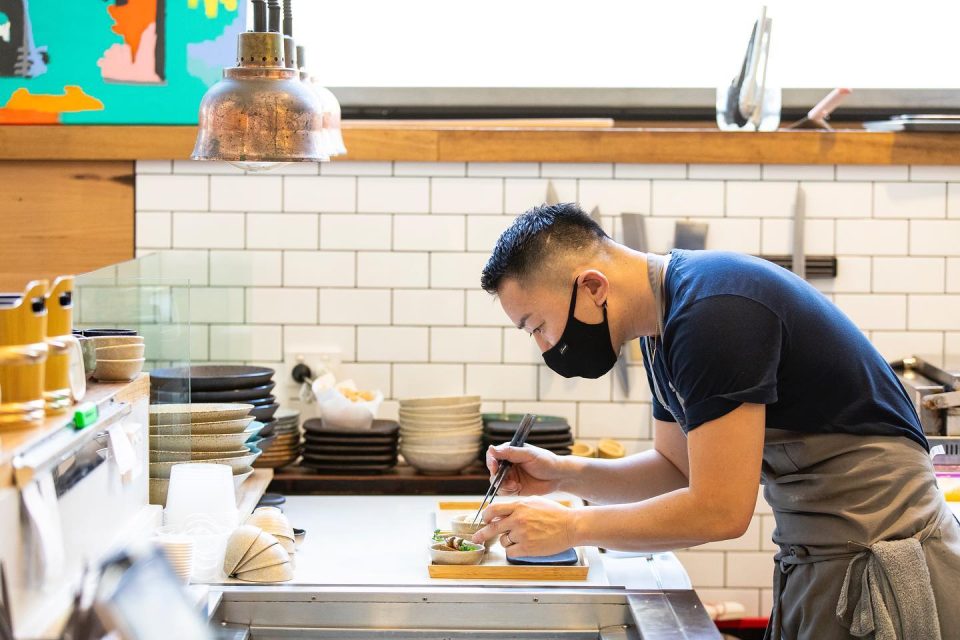
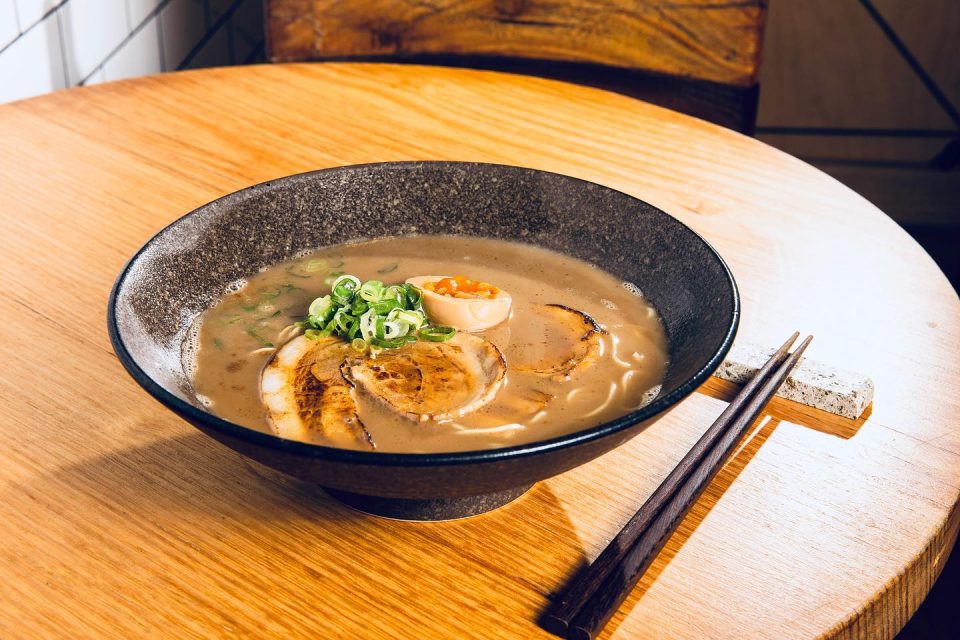
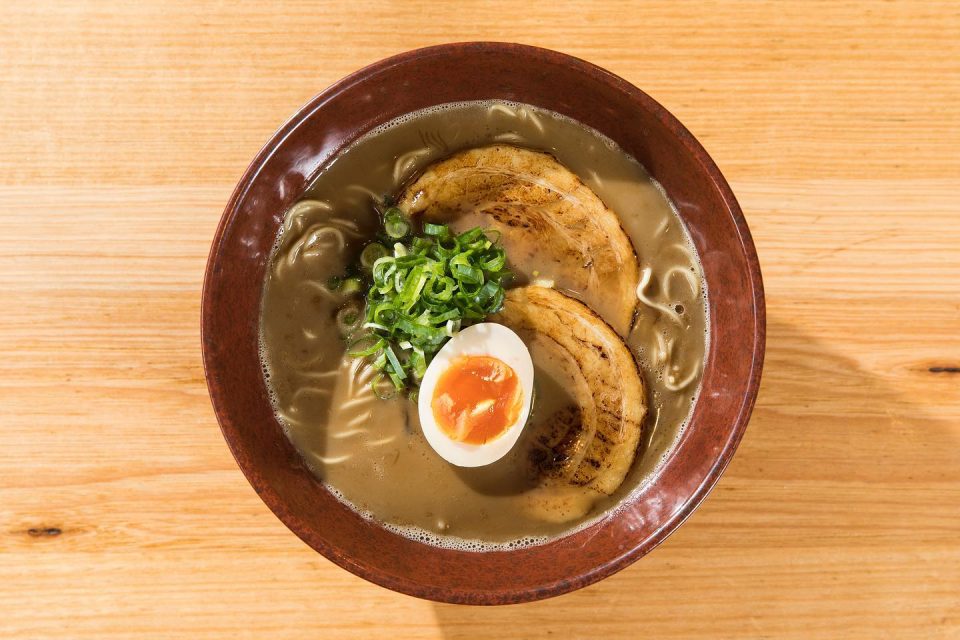
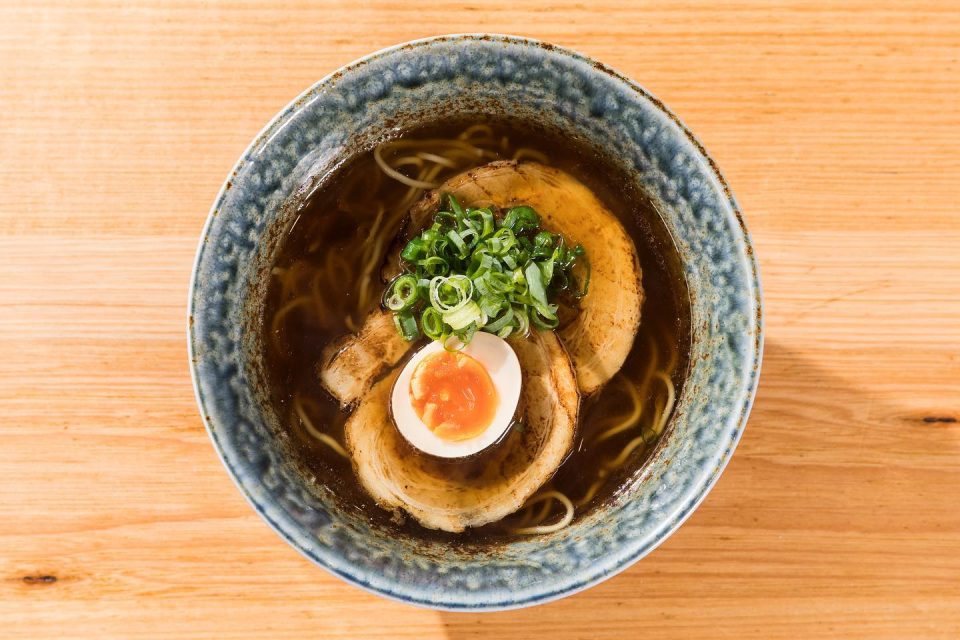
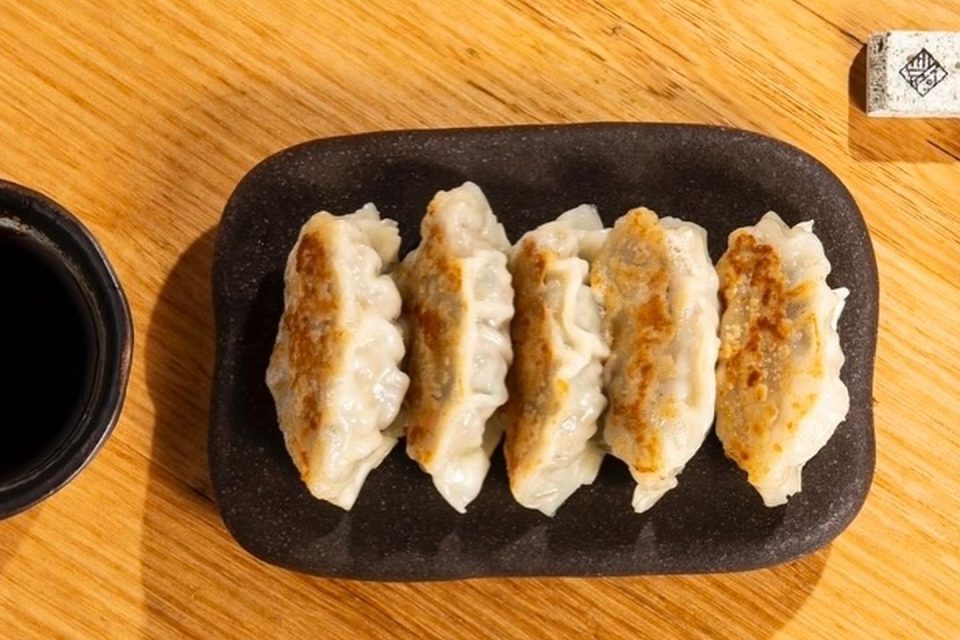
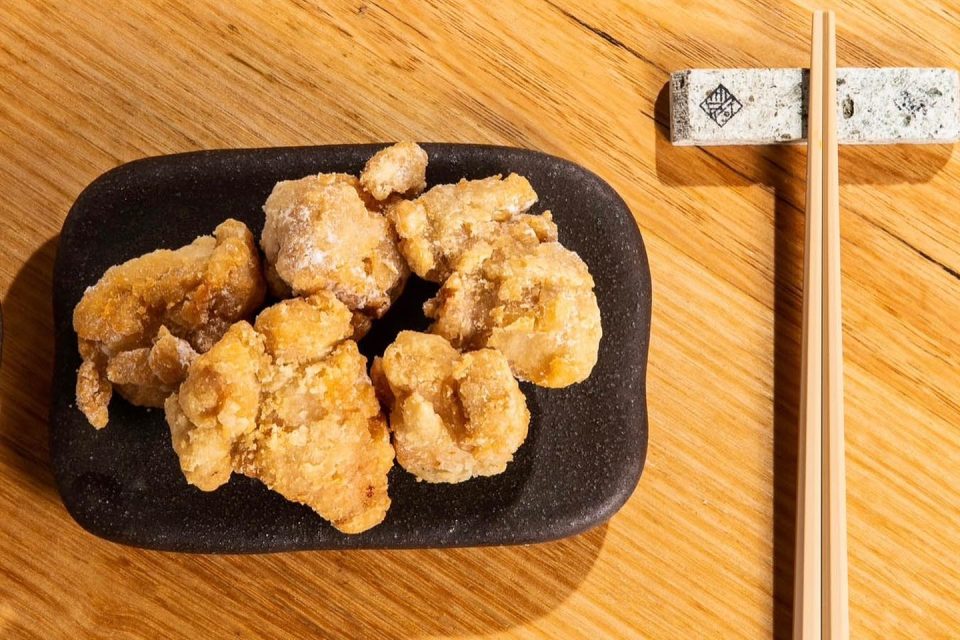
But the real secret is time. Customers are never served broth made that day.
“You can make broth in one day, sure. But with hot dishes like soup, curry and pie fillings, the next day is always best,” Motoori says. “Amino acids are produced while cooling down. You must have this process — cook, let it cool, develop.”
Side dishes allow customers to order extra noodles, chasu, Ajitama eggs and shallots, but there are no gluten-free, vegan or vegetarian substitutions. Side dishes are kept just as focused: gyoza and chicken karage (deep-fried chicken) marinated in a complex soy base for three days so it’s “flavourful and hella juicy”.
“I don’t have the capacity to handle a big menu,” Motoori says. “One day — hopefully soon — I will build on the menu … For now, I am proud of our ramen.”









